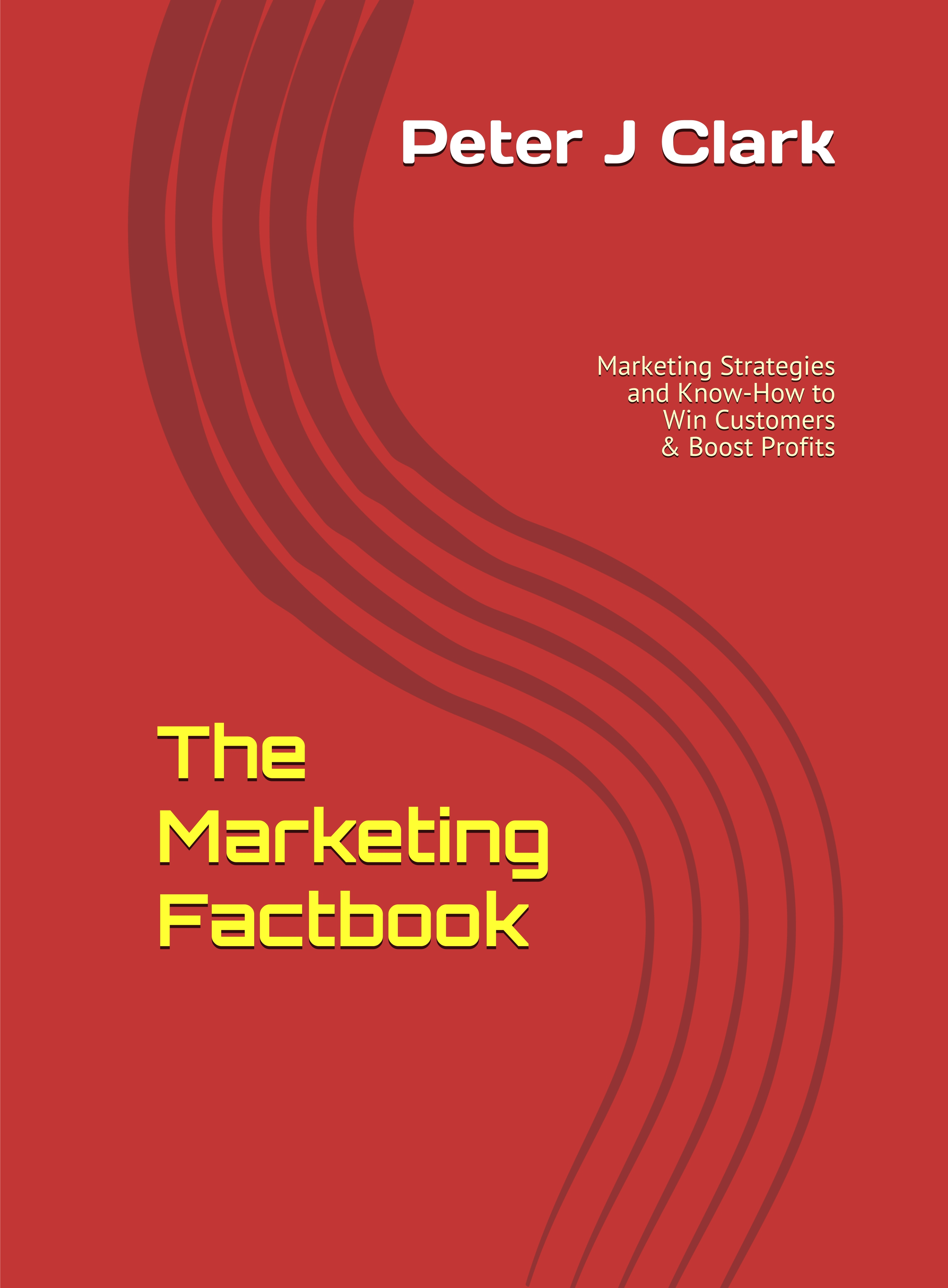Customer values drive loyalty engagement
There is more to engaging customers than points, discounts and rebates. Members are enrolled in an average of 7.4 loyalty programmes, yet are active in only 4.7 programmes. Only 35% of Members are active in all of the programmes in which they are enrolled. So something is getting in the way of a higher level of engagement among programme members, and the answer lies in the alignment of values, according to Scott Robinson, senior director of loyalty for Bond Brand Loyalty.
Bond conducted a national consumer loyalty study, entitled 'The Loyalty Report', and revealed a close link between member engagement and the extent to which the (perceived) values of a programme are aligned with a member's personal values. It seems the greater the alignment, the more likely a member is to be engaged with a programme.
The study investigated the link between members' personal values systems (i.e. the set of principles and ideals that individuals use to govern their behaviour, to inform their decisions, and which shape their attitudes as they go about their everyday lives) and member engagement (i.e. the extent to which a member is satisfied with a brand and the extent to which a member is likely to make repeat purchases and advocate for a brand), as a means of uncovering whether differences in personal values systems could, in part, account for differences in member engagement. There answer is, it does.
The hypothesis in undertaking this values alignment analysis is that differences in the level of engagement among members is due to differences in each member's personal values systems. Given that the factors which drive and sustain engagement between a brand and its customers are unique to each customer, it is not surprising that a one-size-fits-all approach to programme design achieves inconsistent results in engagement across a diverse member base, comprised of individually unique customers.
The approach we used to uncover the link between personal values systems and member engagement involved two key steps. First, we determined a member's dominant personal values (i.e. the values which most heavily govern their decisions and behaviors). Next, we assessed the member's preference for a variety of programme elements, including mechanics, benefits and rewards.
The study applied an existing personal values inventory, created by Dr Shalom Schwartz. He contends that the personal values which guide decisions and influence behaviour exist across two key dimensions - the first, the extent to which an individual thinks of and acts in the best interests of self vs. others; and secondly, the extent to which an individual seeks stability vs. change. Eleven values dimensions roll up into four main values segments described as: Self Transcendent, Self Enhancement, Open to Change, and Conservation.
The study found meaningful differences in members' preferences for loyalty programme elements across these four values segments. For example, members in the Self Transcendent segment whose dominant personal values are universalism (i.e. seeks social justice and tolerance for all, promotes peace and equality) and/or benevolence (i.e. are very giving, seek to help others, provide general welfare and nurturing) have higher preferences for programme mechanics such as 'giving points to a charity', tend not to redeem points as soon as they are eligible to redeem them, and tend to redeem for less frivolous rewards.
The analysis also revealed a powerful insight regarding values alignment: the extent to which members describe their personal values as aligned with the values of the programme in which they are a participant correlates strongly with their satisfaction with the programme. Meaning, the more closely aligned the programme's values are to a member's values, the higher the member's satisfaction with the programme.
The implication for loyalty marketers and programme operators is to identify and understand the extent to which the values profile of their specific brand audience and member cohorts differ. These differences hold meaningful clues about which programme elements are under-represented or over-represented in the current design, and guide marketers toward more engaging programmes for members.
Confirming a link between personal values and member engagement is very exciting, and can arm loyalty marketers with necessary insights to design more relevant and engaging loyalty programmes.
Interestingly, only 40% of members describe their programme's values as being aligned with their personal values. This is a strong call to action for loyalty marketers and programme operators.
Gymboree's Gymboree Rewards and The Children's Place's My Place Rewards are good examples of programmes for which a high percentage of members (60% and 56% respectively) cited "values alignment". Gymboree's Play & Learn Classes, for example, encourage a child's development through play and learning. This is a prime example of a programme element aligned with a parent's personal values system.
Enabling members to fulfil on their personal values as part of their participation in programmes points us toward how to achieve a more highly engaged and satisfied member base.
Successful next-generation loyalty programmes should therefore embrace a holistic approach to customer value proposition design. More specifically, marketers should include elements which enable members to fulfil their personal values through programme participation, to deliver emotionally rich, personally fulfilling experiences. It seems that values alignment is very valuable for both brand and for member.
Sources: Bond Brand Loyalty / The Marketing Factbook.
Copyright © 2014 - 2025 The Marketing Factbook.
Categorised as:
- Customer Experience
- Customer Loyalty
- Knowing The Customer
- Marketing Know-How
- Marketing Technology
